5 LED Display Screen Technology Development Trends

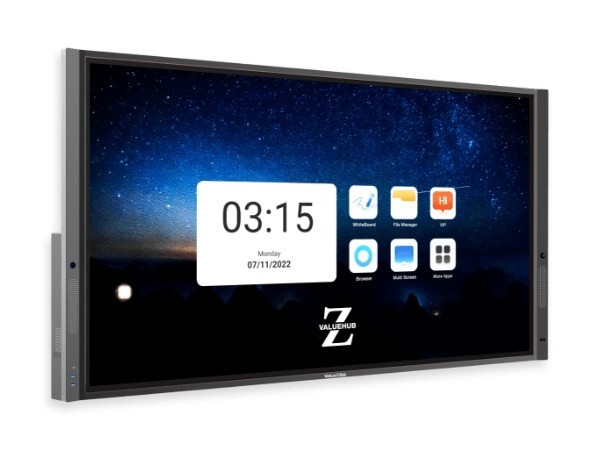
In today’s digital world, LED display screens have become an essential part of industries such as advertising, entertainment, sports, education, and more. The technology and application scenarios of LED display screens are constantly evolving and changing. In this article, we will analyze some of the development trends of LED display screen technology and industry.
LED Display Screen Trend 01: Higher Resolution and Brightness
One of the most noticeable trends in LED display screen technology is the continuous improvement in resolution and brightness. LED display screens with higher resolution and brightness can provide a more immersive and vivid viewing experience, which is becoming increasingly important in today’s market.
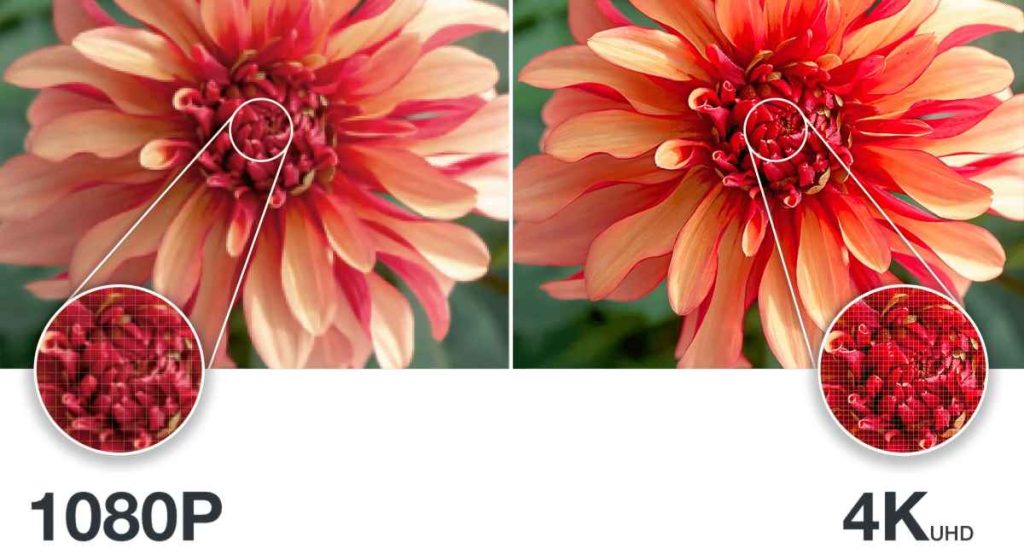
There are now 2K, 4K, and 8K resolution LED screens on the market, and their brightness and contrast ratios are also increasing. For example, Samsung has recently launched a Micro LED TV with 8K resolution, which provides users with an incredible viewing experience. The demand for high-resolution LED display screens is expected to increase significantly in the coming years, as more consumers demand better viewing experiences.
LED Display Screen Trend 02: Better Viewing Angle
LED display screens had a problem in the past with a small viewing angle, which limited their application scenarios. However, this problem has been solved with the adoption of more advanced technology. The new generation of LED screen products has a wider viewing angle, which improves the user’s experience and makes LED display screens more suitable for a wider range of applications.
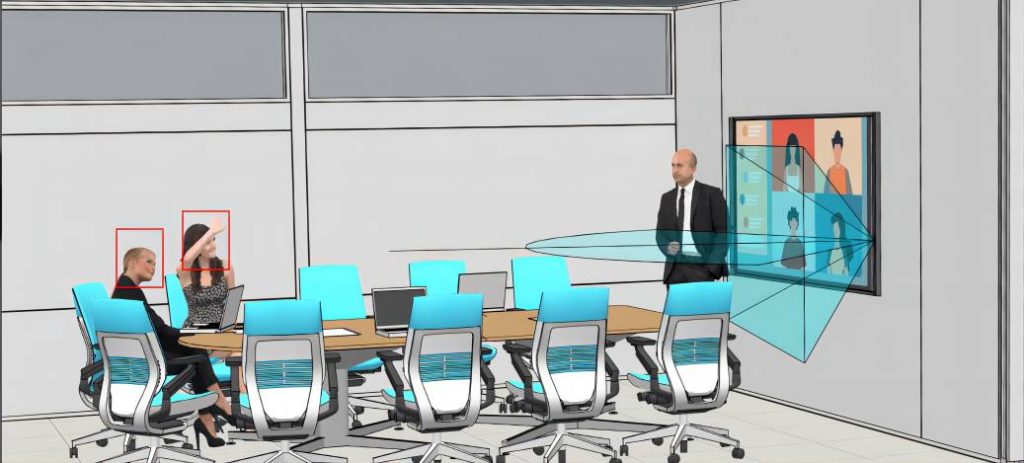
This development is crucial for industries such as sports, where LED screens are used to provide replays and analysis. With the improvement in viewing angle, more sports venues are adopting LED display screens, which is driving the growth of the LED display screen industry.
LED Display Screen Trend 03: More Flexible and Portable
As LED display screen technology continues to evolve, products are becoming more flexible and portable. This development is driven by the need for LED display screens to be more adaptable to different scenarios, such as outdoor advertising or sports events.
For example, there are now foldable and splicable LED screens on the market, allowing users to adjust the screen’s shape and size flexibly according to different scene requirements. These flexible LED screens are also more portable, making it easier to transport them to different locations.
LED Display Screen Trend 04: Smart Technology
In the future, LED display screens will become more intelligent. For example, they can be combined with artificial intelligence technology, allowing users to control the screen through voice and gestures. Additionally, LED screens can be combined with the Internet of Things technology to achieve remote monitoring and management.
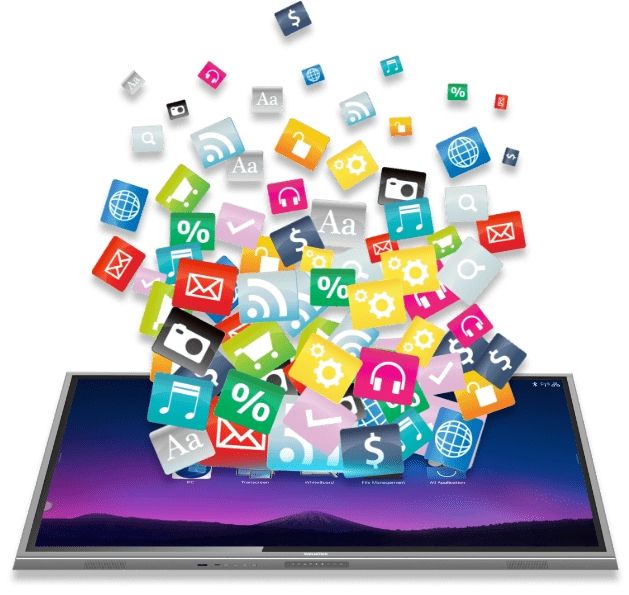
For example, companies can use IoT technology to monitor the performance of LED display screens and detect problems in real-time, which can improve their maintenance efficiency. With the adoption of smart technology, LED display screens can provide more personalized and interactive experiences, which can be used in industries such as education and entertainment.
LED Display Screen Trend 05: Industry Applications
LED display screens will have a more extensive range of applications in the future. For example, their application in industries such as transportation, healthcare, education, and security will become more widespread. Furthermore, LED display screens can be combined with technologies such as virtual reality and augmented reality, opening up new application areas.
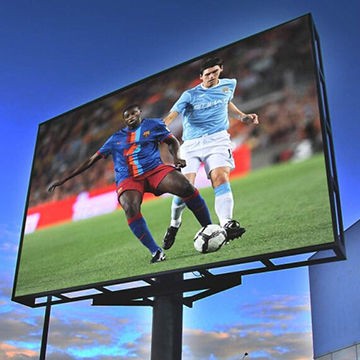
For example, in the transportation industry, LED display screens can be used to provide passengers with real-time information such as train schedules or flight information. In the healthcare industry, LED display screens can be used for medical imaging or to display information for patients.
Conclusion
In conclusion, LED display screen technology and application scenarios are constantly evolving and innovating. The future development prospects are still very broad. With the trends towards higher resolution and brightness, better viewing angles, more flexibility, and smart technology, LED display screens are becoming more adaptable to different industries and scenarios.
As LED display screens continue to evolve, the range of applications will continue to expand into industries such as transportation, healthcare, education, and security. The combination of LED display screens with virtual reality and augmented reality technologies will also open up new possibilities for the industry.
Overall, the LED display screen industry is expected to continue its growth trajectory in the coming years, driven by the demand for more immersive and engaging visual experiences. With the continuous development and innovation in LED display screen technology, we can expect to see even more advanced and exciting products in the future.
































